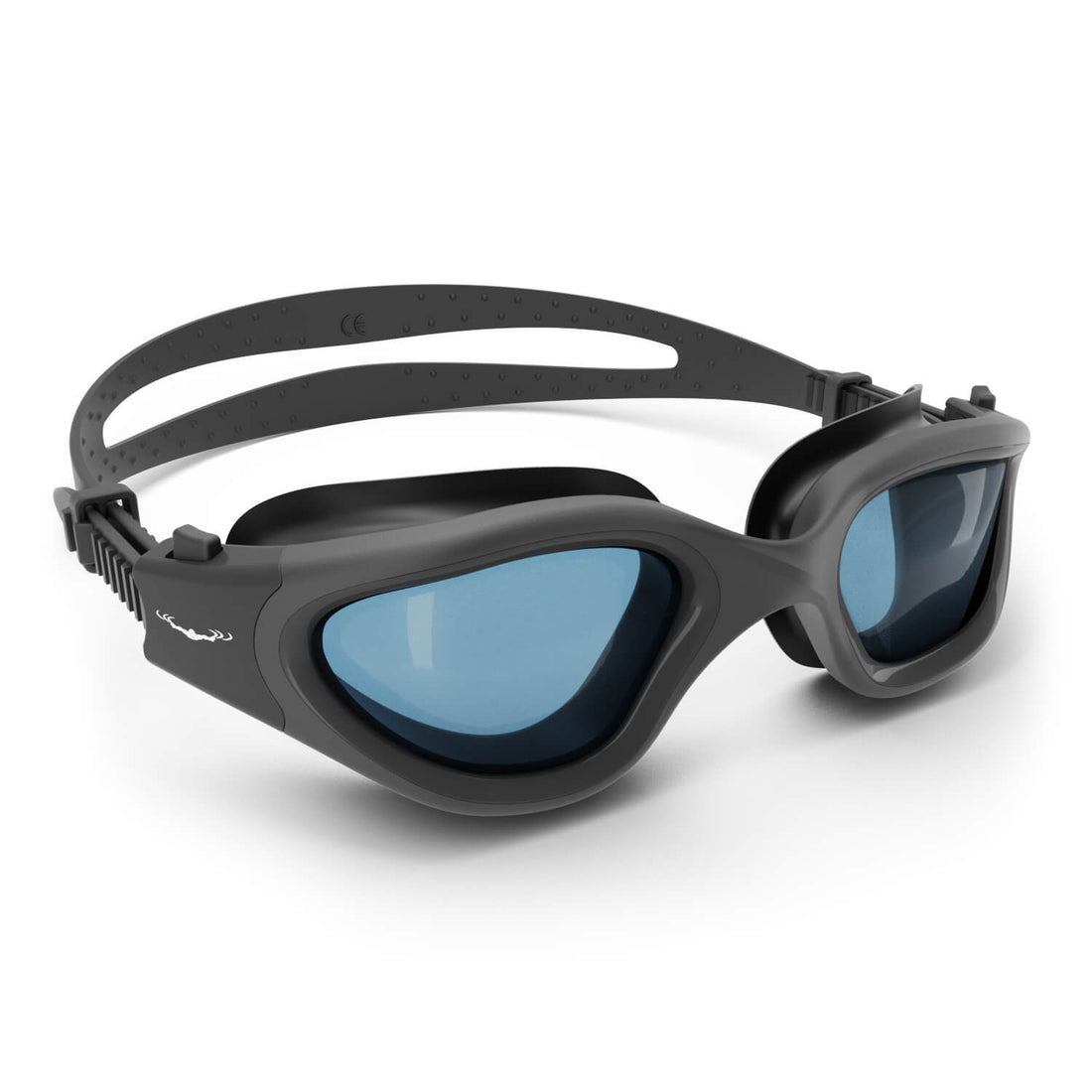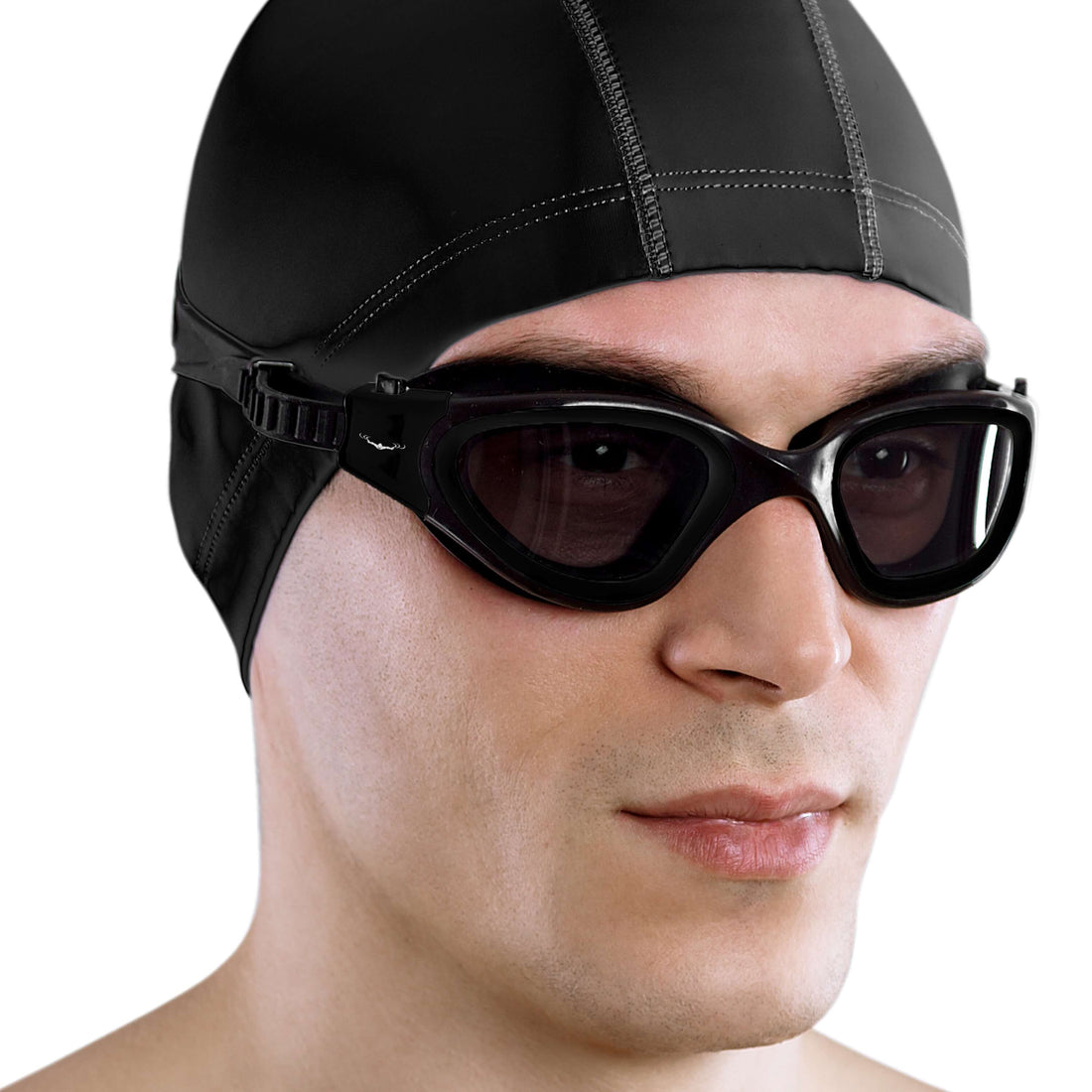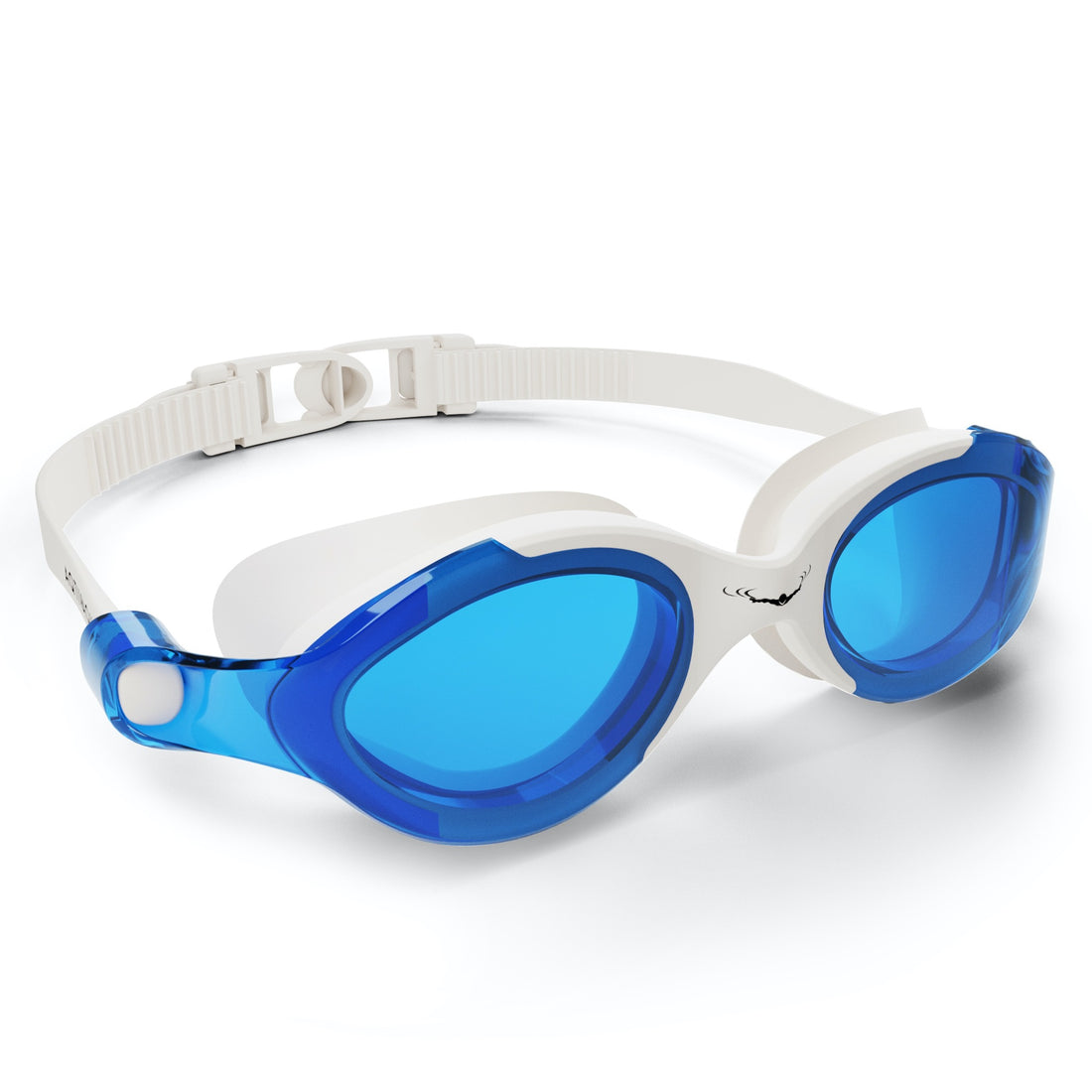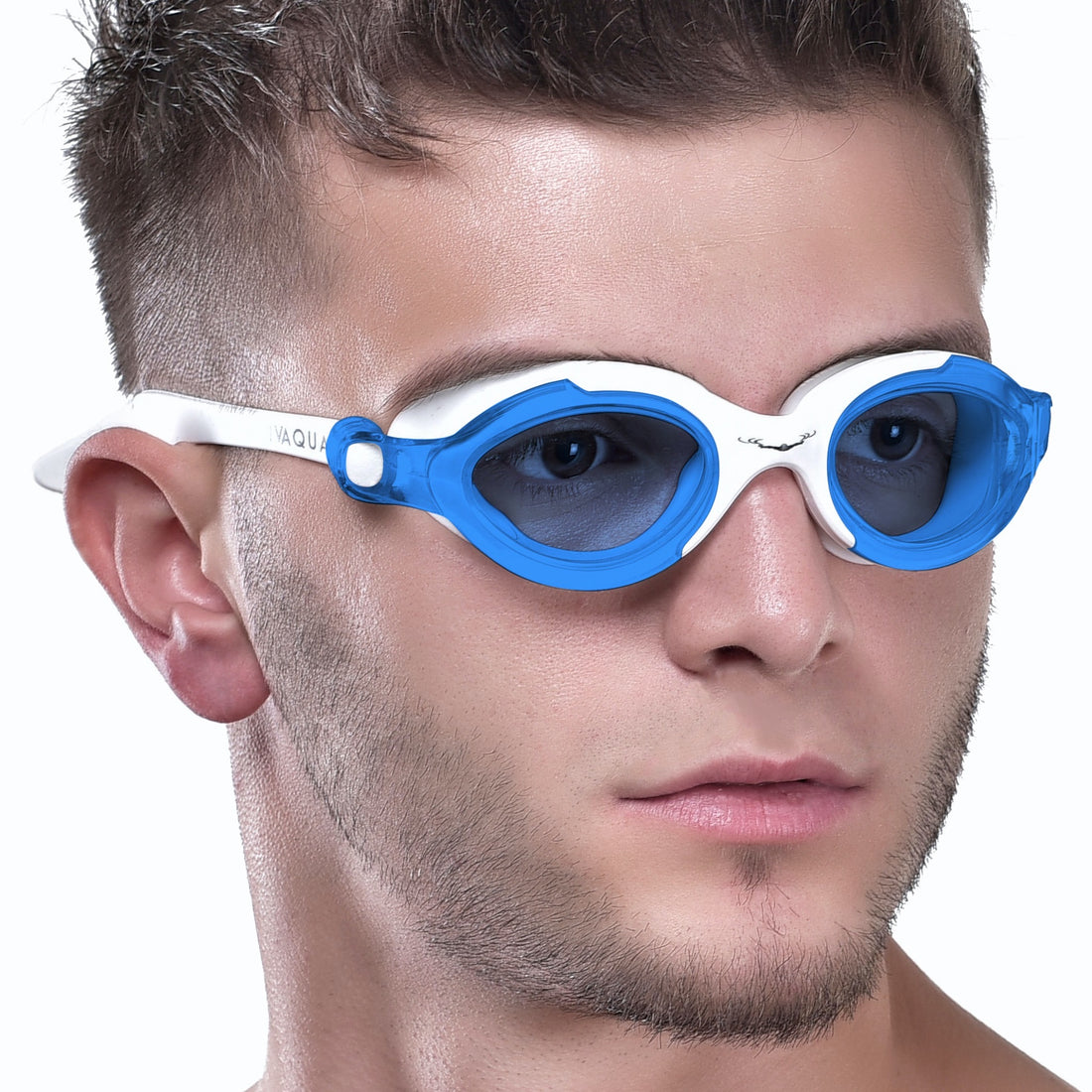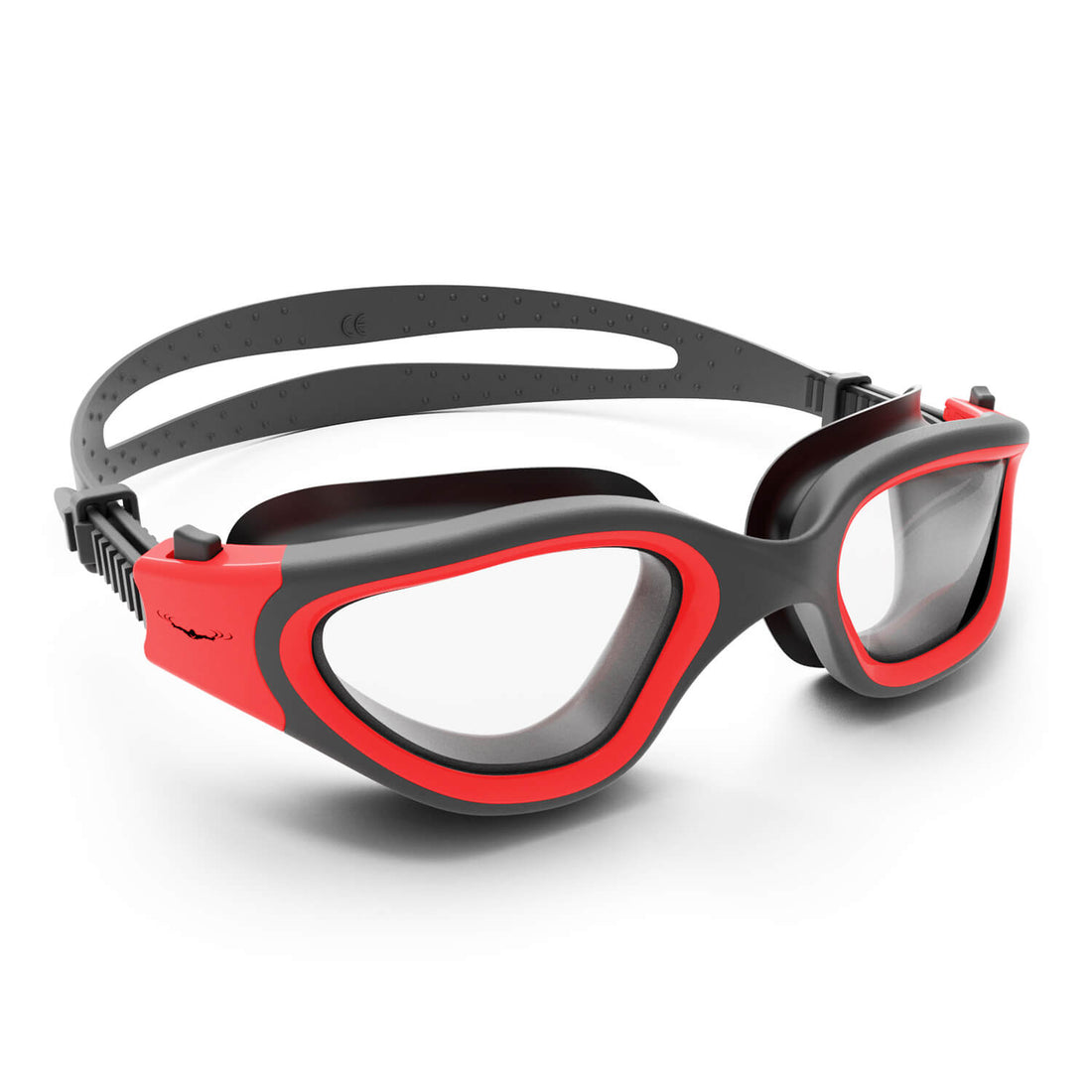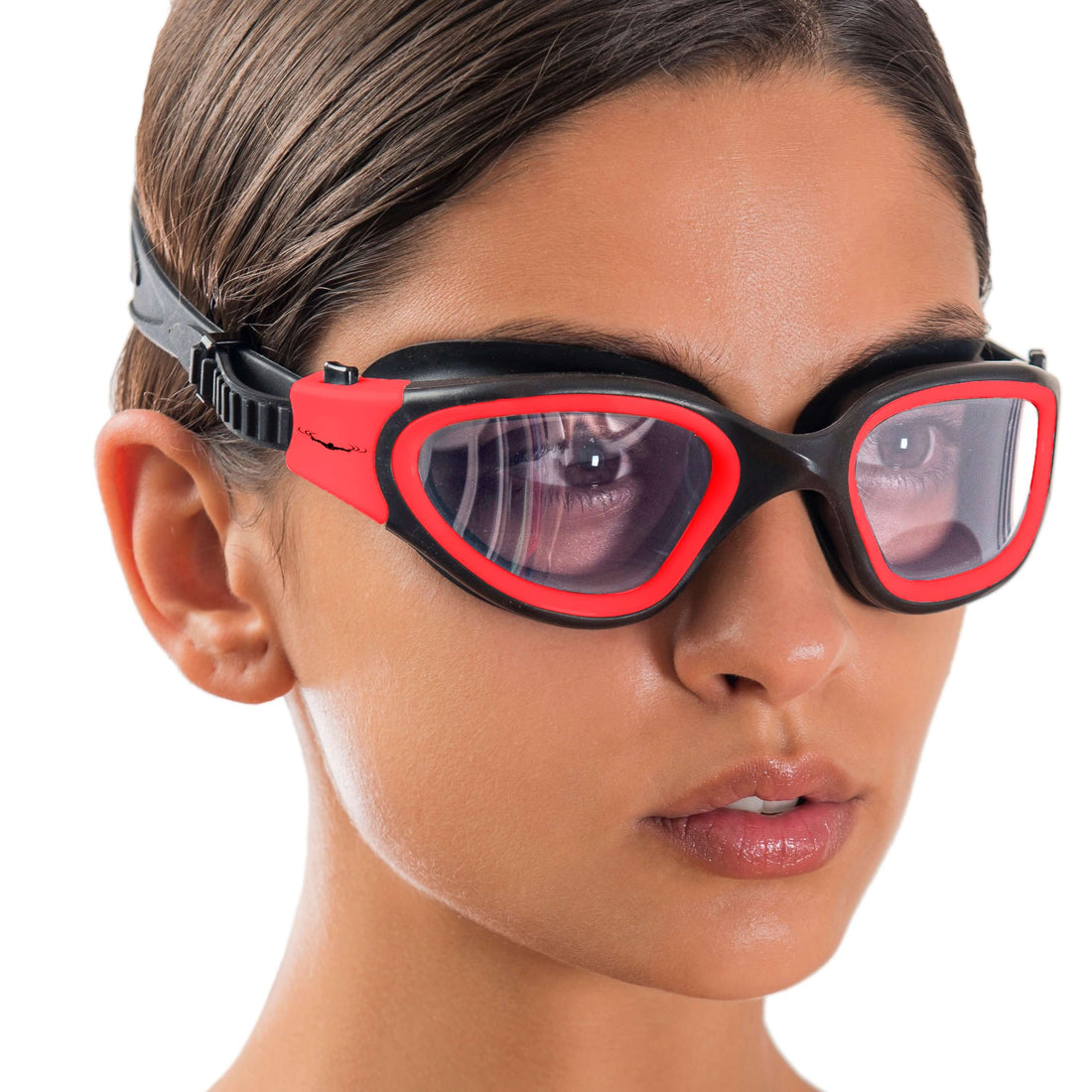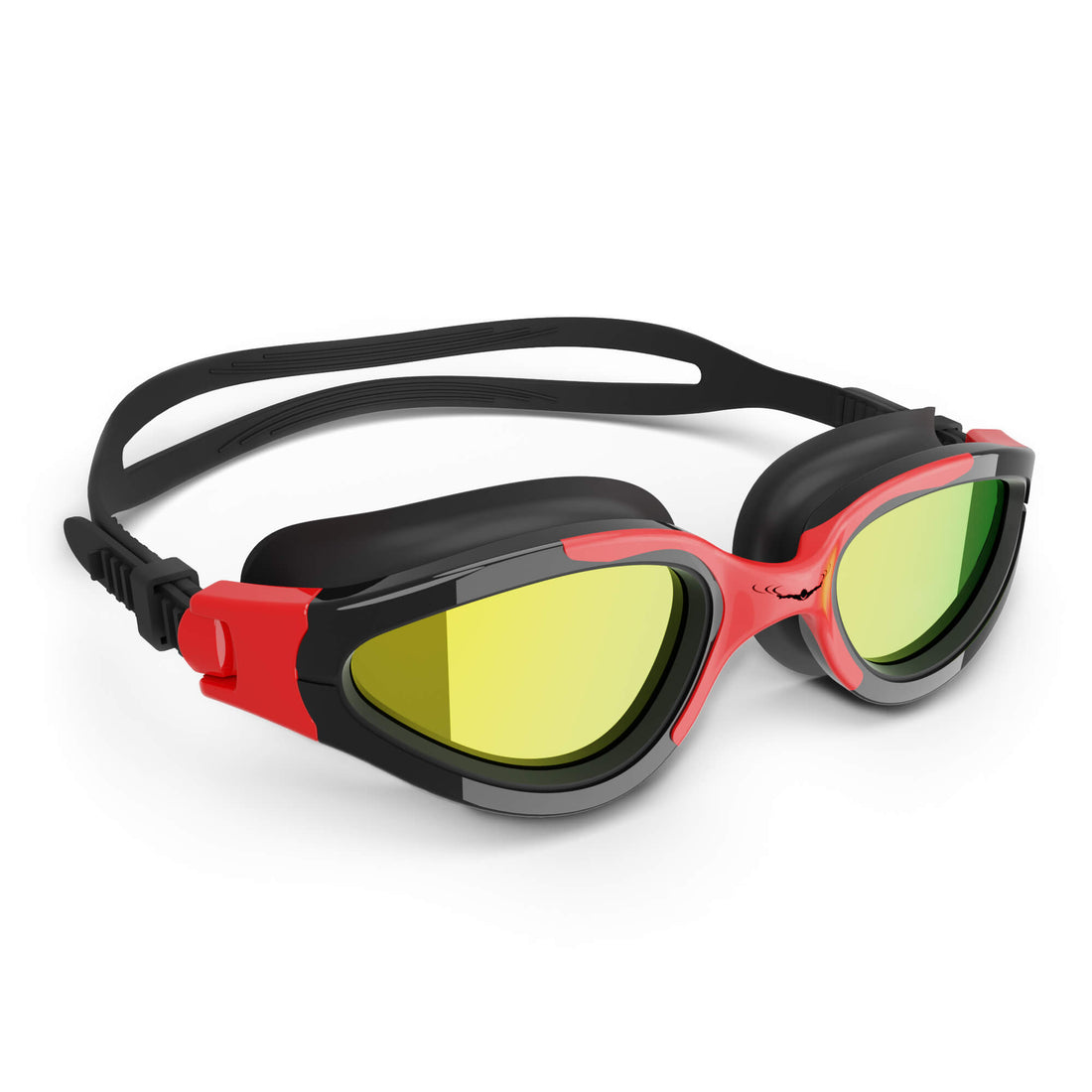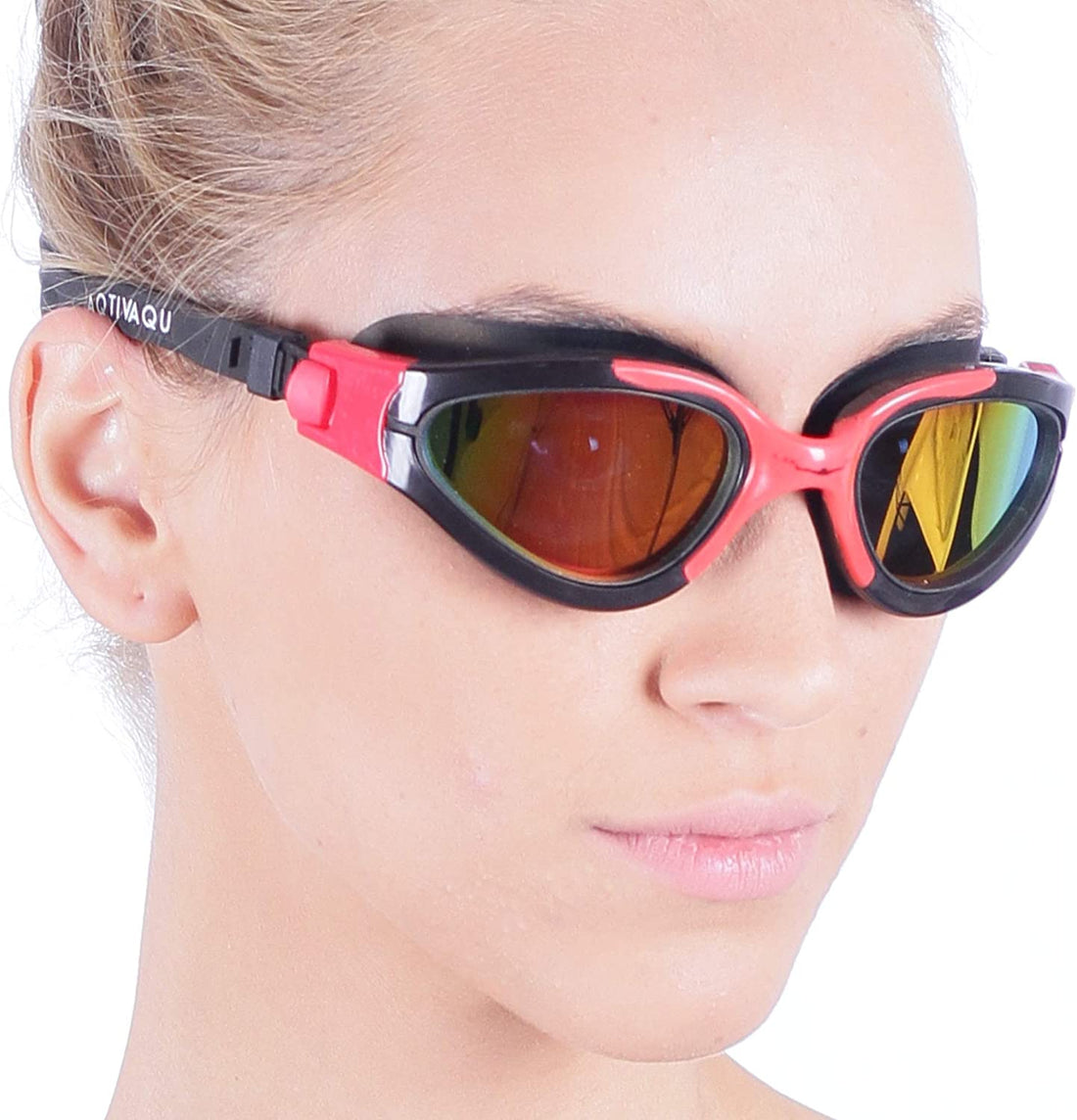Frequently Asked Questions
1. Why is swim training important?
2. How can beginners get started with swim training?
3. What are some essential swim techniques for beginners?
4. What kind of equipment is recommended for swim training?
5. How can swimmers stay motivated and overcome challenges during training?
As summer approaches, many of us look forward to cooling off in the pool or at the beach. For beginners, understanding swim training can be the key to becoming a confident and skilled swimmer. This guide will provide you with practical tips, essential techniques, and important equipment to help you dive into swim training with ease.
Why Swim Training is Important
Swimming is not just a fantastic way to stay fit; it's an essential life skill that offers numerous physical and mental benefits. Whether you're hoping to improve your fitness, prepare for a competition, or simply enjoy a day at the beach, swim training is valuable for all ages. Here are a few reasons why engaging in swim training is essential:
- Enhances Physical Fitness: Swimming is a full-body workout, engaging multiple muscle groups and improving cardiovascular health.
- Boosts Mental Well-Being: Water has a calming effect, which can reduce stress and improve your overall mood.
- Builds Confidence: Consistent training helps you master strokes and techniques, increasing your confidence in the water.
- Improves Safety: Swimming skills are crucial for safety in and around water.
Getting Started with Swim Training
Setting Realistic Goals
Before you get into the pool, it's important to set realistic goals for your swim training. Consider whether you want to swim for fitness, compete in races, or simply become comfortable in the water. Start by establishing short-term goals that are achievable, such as swimming a specific distance or mastering a particular stroke. Once you've accomplished these goals, you can set more challenging targets to keep yourself motivated.
Choosing the Right Swim Gear
Your swim training will be much easier with the right equipment. While you may be tempted to grab any old swimsuit and a pair of goggles, investing in proper swim gear will enhance your performance and comfort in the water. Here are some essential items to consider:
- Swimsuit: Choose a swimsuit that fits well and allows for freedom of movement. Consider materials that are chlorine-resistant to ensure durability.
- Swimming Goggles with UV Protection: Protect your eyes from harmful UV rays while minimizing glare and improving your visibility underwater. This will help you focus on your training without discomfort.
- Swim Cap: Wearing a swim cap can help reduce drag in the water and keep your hair out of your face.
- Swim Ear Bands: For swimmers prone to ear infections or discomfort, swim ear bands are an excellent investment. They help prevent water from entering your ears, promoting a more enjoyable swimming experience.
Essential Swim Techniques for Beginners
Breathing Techniques
One of the biggest challenges for beginners is mastering proper breathing techniques. Here’s a simple approach to help you breathe effectively while swimming:
- Inhale: Turn your head to the side as you complete a stroke, taking a breath in through your mouth.
- Exhale: When your face is in the water, exhale gently through your nose. This will help you avoid feeling overwhelmed by holding your breath.
- Practice Timing: Coordinate your breathing with your strokes. This improves your rhythm and allows for continuous movement.
Basic Swim Strokes
Once you’ve nailed your breathing, it’s time to focus on swim strokes. The four basic swim strokes are freestyle, breaststroke, backstroke, and butterfly. Each stroke has its own unique techniques and benefits:
- Freestyle: This is the fastest and most commonly used stroke. It involves alternating arm movements with a flutter kick while lying face down in the water.
- Breaststroke: Known for its distinctive frog-like kick, this stroke is great for beginners as it allows for easier breathing and a more controlled pace.
- Backstroke: As the only stroke swum on your back, this technique focuses on a flutter kick with alternating arm movements, giving you a break from face-down swimming.
- Butterfly: This is the most challenging stroke, requiring coordinated arm and dolphin kick movements. Although it can be difficult to learn, it builds strength and endurance.
Building Endurance and Speed
The Importance of Drills
To become a more efficient swimmer, incorporating drills into your training routine is essential. Drills allow you to focus on specific aspects of your swimming technique, such as stroke efficiency and body position. Here are a few effective drills you can try:
- Single Arm Drill: Swim with one arm while the other rests by your side. This helps you work on stroke technique and balance.
- Catch-Up Drill: In freestyle, one arm should extend in front while the other completes the stroke; this teaches timing and improves your catch phase.
- Breaststroke Kick Drill: Use a kickboard and practice just the breaststroke kick to build strength and confidence.
Creating a Swim Workout Routine
Just like any other form of exercise, consistency is key to improving your swimming skills. Here’s a simple swim workout routine for beginners:
- 5-minute warm-up: Easy swimming to loosen up your muscles.
- 10 x 25 meters: Freestyle with 30 seconds rest between each set.
- 5 minutes: Breaststroke focusing on timing with the breath.
- 5-minute cooldown: Gentle backstroke or breaststroke.
As you progress, gradually increase the distance and intensity of your workouts to challenge yourself.
Staying Motivated and Overcoming Challenges
Finding Your Swim Tribe
One of the best ways to stay motivated through your swim training is to connect with fellow swimmers. Consider joining a local swim club, taking classes, or participating in group training sessions. Sharing experiences and challenges with others creates a supportive atmosphere that helps you stay engaged and inspired.
Handling Setbacks
As with any skill, setbacks are a natural part of the learning process. If you find yourself struggling with certain techniques or feeling discouraged, remember to focus on your progress. Celebrate small victories, and don't hesitate to seek help from coaches, instructional videos, or swim clinics. Everyone learns at their own pace, and persistence will pay off in the long run.
Embracing the Swim Lifestyle
Once you’ve gained confidence in your swimming skills, embrace the swim lifestyle beyond the pool. Consider participating in open water swims, local races, or triathlons to further challenge yourself. Additionally, implementing cross-training activities, such as yoga or strength training, will complement your swim training and enhance overall performance.
Finally, don’t forget to invest in your health and wellness outside of the water. Staying hydrated, eating a balanced diet, and ensuring adequate rest are essential components of successful swim training.
Dive into the World of Swimming!
Understanding swim training as a beginner doesn’t have to be intimidating. With the right mindset, proper techniques, and the essential swim gear—like swimming goggles with UV protection and swim ear bands—you can transform your swimming experience and boost your confidence in the water. Start today, stay consistent, and enjoy the journey ahead!



